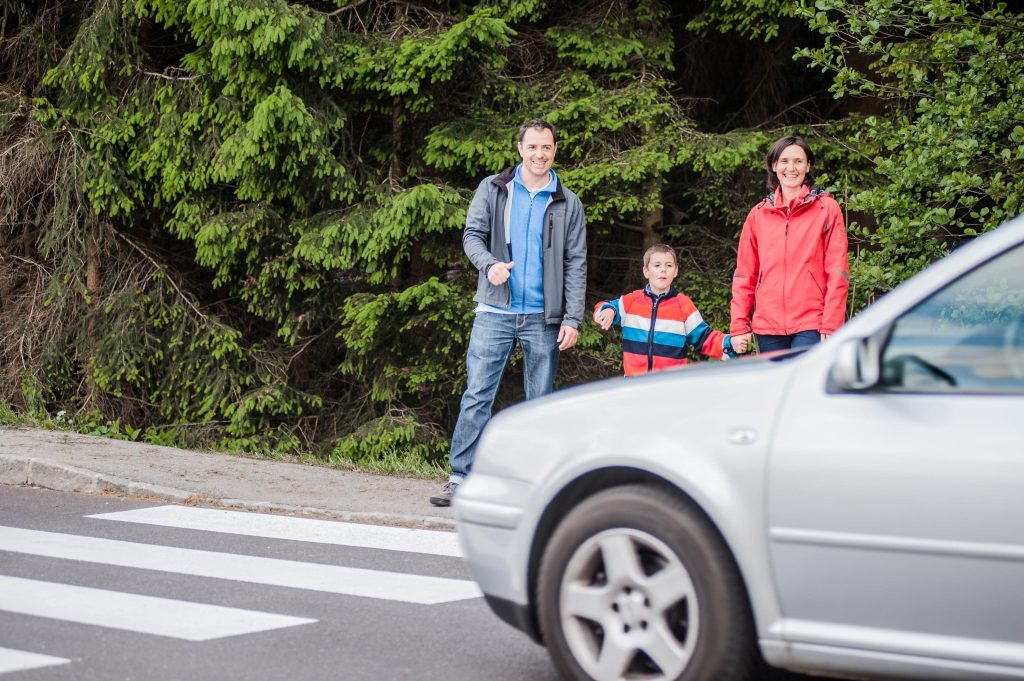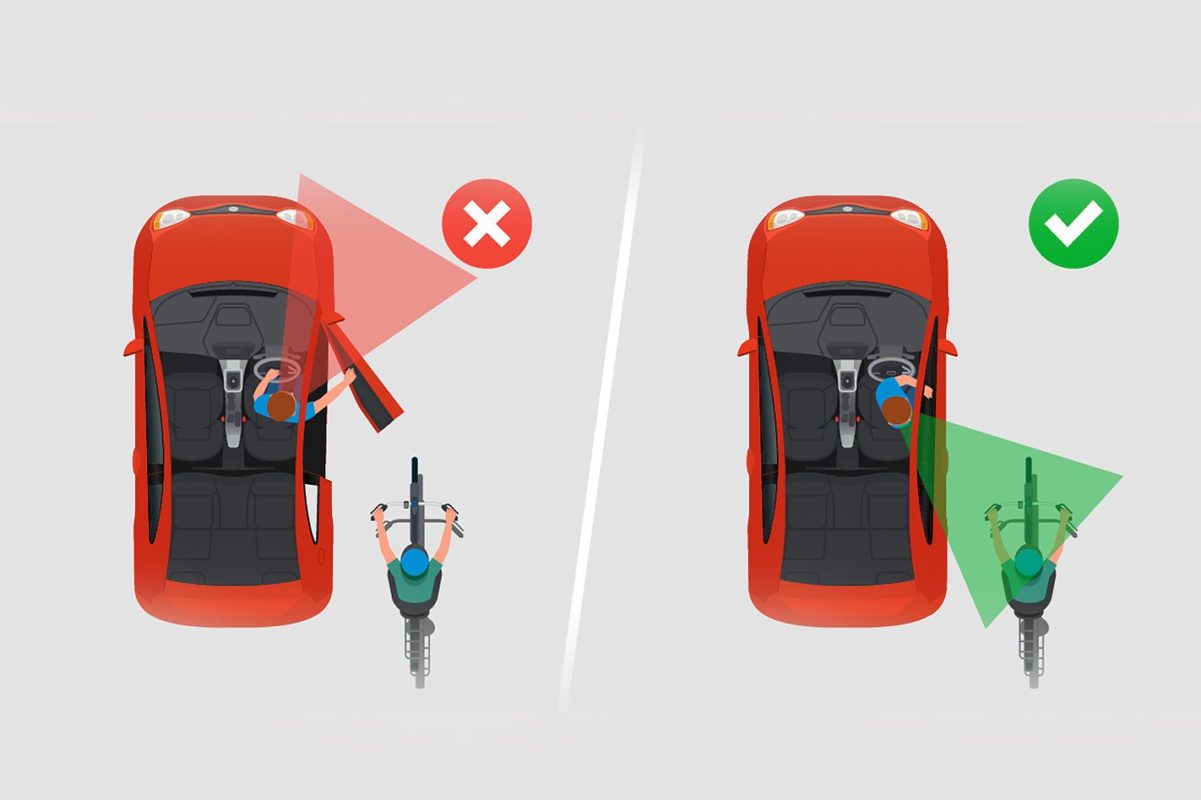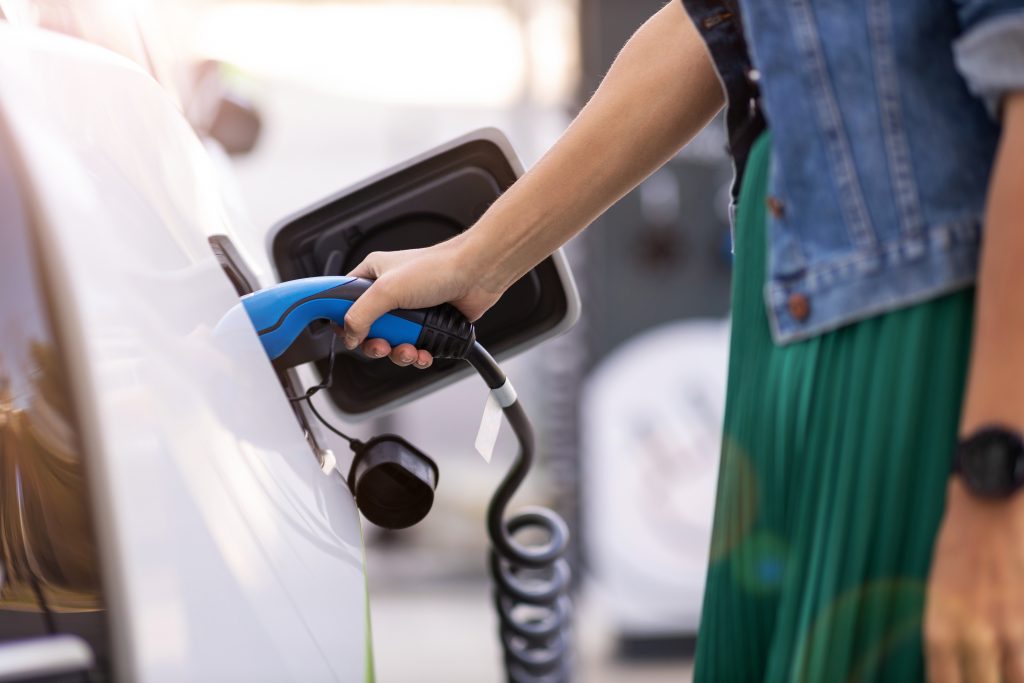Changes to the highway code in 2022
The Highway Code has been updated to establish clearer and stronger priorities for pedestrians. The Department for Transport argues that the revisions, which are divided into three major laws, would eventually enhance the safety of walkers, bikers, and horse riders along the country’s roads. The modifications became effective on January 29th. We’ll go through the significant modifications that have been made to the Highway Code since it was last revised, as well as some of the smaller changes that may have an impact on your trip from A to B, in the sections below.
1. Road users are arranged in a hierarchy
The first and most important provision in the newly revised Highway Code is the establishment of a hierarchy of road users. The road users who have the greatest potential for damage, such as those operating heavy vehicles, have the most responsibility for reducing the risk they represent to other road users and are therefore at the top.
Individuals walking on the pavement are designated as the most vulnerable to injury in the case of an accident. Children, elderly individuals, and people with disabilities are also among those most at risk.
Pedestrians, motorcyclists, taxis, buses, vans or heavy goods vehicles are all included in the hierarchy of road users. However, the revised Highway Code emphasises that pedestrians themselves must still consider the safety of other road users while crossing the street.

the safety of other road users while crossing the street.
2. Clearly defined priorities for pedestrians
This law applies to all drivers, horse riders and cyclists on public roads. Pedestrians walking or waiting to cross a road that you’re turning onto now have right of way according to the Highway Code, and you should give way to them at crossings. Previously, vehicles were given precedence at junctions.
Passing walkers and cyclists at parallel crossings, which are mixed pedestrian and cycle crossings, should also be given priority by drivers. Zebra crossings and parallel crossings with cycling should also be given priority by drivers. Meanwhile, bikers should yield to pedestrians on shared-use cycle lanes, and they should be aware that the pavement is solely for pedestrians, including those in wheelchairs and on mobility scooters. Walking on cycling tracks is permitted unless a traffic sign indicates that this is not the case.
3. Drivers should give cyclists the right of way in certain situations
According to the newly revised Highway Code, drivers and motorcyclists should avoid cutting across cyclists while turning into or out of a junction or changing lanes or direction. This rule applies regardless of whether the cyclist is cycling on a bike lane, a cycle track or just on the road ahead. When bicycles are approaching, crossing, or shifting away from a junction, going past or waiting beside motionless or slow-moving vehicles, or travelling on a roundabout, drivers are required to stop and allow for a safe gap.
4. Leaving vehicles
It’s now recommended that you use a new strategy called the ‘Dutch Reach’ while exiting vehicles. When individuals who are driving or sitting in a car are capable to do so, they should open a door with their hand on the other side of the vehicle from the door they are trying to open. For example, they could use their left hand to open the door on the right-hand side.

heads and look behind them before opening their car door.
Photo Credit: Bicycle Network
This will cause them to rotate their heads to look behind them, instead of straight ahead. It also means they are less likely to injure individuals who are cycling, riding a motorbike or passing on the road, as well as pedestrians and those who are using an electric car charging station.
5. Using electric car charging stations

For the first time, the code provides instructions on how to make use of electric car charging stations. To avoid forming a trip hazard for people, people must park close to the charging station and return charging wires and adapters neatly to reduce the threat to other people and to avoid causing interference for other road users. Displaying a warning sign is also recommended.
If you’re a disabled driver or have disabled passengers, here at Fish Insurance our Disability Car Insurance policies specifically cover disabled drivers, adapted cars, and WAVs. Click here for more information.


